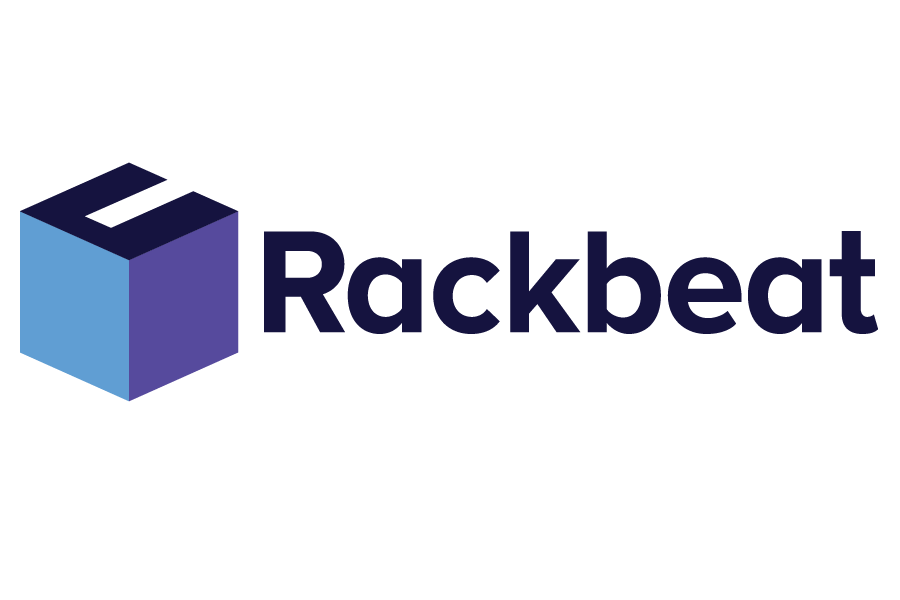Wave Picking
Wave picking is a warehouse management strategy where the order assembly, or pick and pack process, is conducted in groups or 'waves' over a planned period. This method coordinates the picking of multiple orders simultaneously, optimizing both resource utilization and the flow of warehouse operations. Wave picking is ideal for handling large quantities of varied orders, especially during peak seasons or other upswing periods.
Rackbeat May 4, 2024
Streamlining Warehouse Operations Through Strategic Wave Picking
The implementation of wave picking has proven to significantly improve warehouse performance by both increasing throughput times and reducing operational costs. By coordinating picking tasks in tightly scheduled intervals, wave picking allows for a more targeted and systematic approach to inventory management. Each wave can be tailored to meet specific logistical needs and requirements, optimizing both the time and resources used for picking and packing orders.
This system is particularly effective in managing peak loads—periods with a particularly high volume of orders—as it is designed to distribute the workload evenly throughout the workday. This evens out the pressure on warehouse staff and improves their ability to handle large order volumes efficiently without compromising the accuracy or quality of order assembly. By reducing times of overload and avoiding bottlenecks, wave picking ensures a more even and continuous flow of goods.
To further enhance the efficiency of wave picking, the integration of advanced technology can play a key role. Automated picking systems, such as robots and conveyors, can streamline the picking process and reduce human errors. Simultaneously, the use of real-time data analysis and advanced inventory management software can help fine-tune wave scheduling based on the current dynamics of the warehouse and external conditions such as supply chain fluctuations and seasonal sales variations. This ensures that each wave is optimally timed and resource-efficient, which not only improves speed but also overall operational efficiency.



